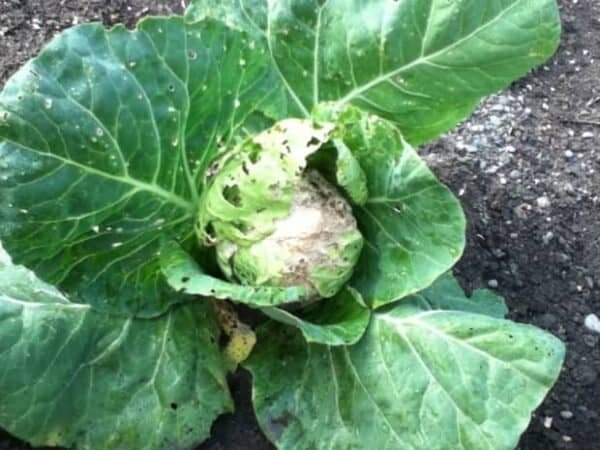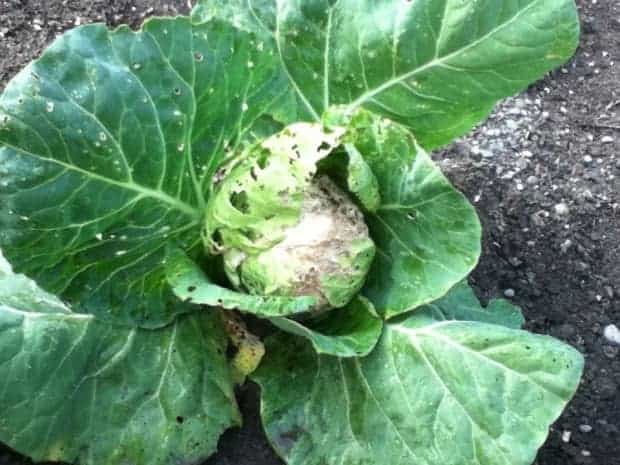
How to deter cabbage worms. The pest known as “imported cabbageworms” is actually a kind of cabbage worm. Cabbage whites and tiny whites are two names for the adult butterfly. Artogeia or Pieris rapae are the Latin names for this plant.
This is a typical pest for vegetables from the cabbage family, including kale, cauliflower, broccoli, and cabbage. If you notice a hole in a leaf, do not be excessively alarmed; plants may tolerate significant leaf loss without suffering any negative effects. True harm to a plant’s growth and yield occurs during seedling establishment or the early stages of head development.
The larvae of cabbage worms are velvety green. There are a few little golden stripes on them. They should not be confused with yellow-green caterpillars known as cabbage loopers. Because they lack middle legs, cabbage loopers move by raising and lowering their bodies, unlike cabbageworms.
Cabbage worms develop into butterflies called cabbage whites, which are primarily white with some black patterns. Although cabbage white butterflies may appear to be a charming addition to the garden, they are most likely depositing their eggs on the undersides of leaves.
The eggs and larvae of the diamondback moth and the zebra caterpillar may be found in the same places as cabbage worms and cabbage loopers. Because of their remarkable camouflage, you frequently see the frass, or fecal matter, that these insects leave behind before you see them.
Damage from Cabbage Worms
The crowns of broccoli, cauliflower, and cabbage can be joyfully devoured by cabbage worms without anybody noticing. They consume the leaves, and soon all that is left of the plant are the stems and their thick veins. Cabbage worms may destroy your crops if they are allowed to go unchecked. Additionally, their waste can taint and discolor the vegetables.
Cultural Control
You may adopt a variety of natural measures and risk-free therapies to deter cabbage worms.
- Plant barriers. Cabbage worms are reported to be avoided by rosemary, tomatoes, onions, sage, borage, nasturtium, and tomatoes.
- Bring in insect predators. Grow herbs and floral plants to draw predators from the neighborhood. You can attract other insects, such as wasps, yellow jackets, ground beetles, and spiders, to get rid of these worms. All day long, the braconid wasp will consume little caterpillars.
- Inviting avian predators to a certain region. You might be able to recruit the aid of certain birds, such as house sparrows, skylarks, and goldfinch skylarks, which are some of their predators, if you can get them to your yard.
- Alternate harvests. Insect populations can be decreased in the future by crop rotation. implying that you grow a variety of plants in your garden on occasion.
- Take out any plant detritus. Dead or obsolete plants should be immediately removed. The caterpillar will spend the winter among such plant detritus when it is in its pupal stage.
- Once a week, you can manually remove worms. Manual worm management can reduce an epidemic (but if your infestation is anything like the one I had on my kale last season, you will never win). Pick them off at least once per week while wearing gloves. (You might break them up or place them in a jar with soapy water).
- Put netting over the plants you have. To prevent butterflies from laying their eggs on your plants’ leaves, cover them with a thin layer of nylon cloth. (Do this beforehand since the net could stop the worms from being eaten by their natural predator).
- Utilize natural pesticides, such as cornmeal. There are several organic and natural uses. To destroy the worms, cover damp leaves with dry cornmeal or rye flour. They consume it, bloat, and ultimately perish. Diatomaceous earth is an additional option.
Biocontrol to Deter Cabbage Worms
What biological technique could be applied to prevent cabbage worms? The use of Bacillus thuringiensis kurstaki is the most widely used and successful natural pest control method. In the commercial world, it is frequently referred to as Bt or BtK. You might stop caterpillars and worms from eating your plants by spraying this bacterium on them, but the plants won’t be protected.
If you’d rather use the powdered version of BtK instead of the spray, you may. The bacteria that the caterpillar eats produce a toxin right away that makes the worm less inclined to eat sprayed plants. It stops feeding as a result, starving to death in a short period of time. If you don’t see the worms or their yellow eggs, you risk killing any helpful butterfly larvae, so only do this if you can see them (like monarch caterpillars).
Cabbage worms can also be managed using neem oil. Given this, regular application of a neem oil solution to your garden may help your plants become less alluring to pests. If your plant is already afflicted with cabbage worms, neem oil frequently won’t help.
Conclusion
Growing cabbage might be a really enjoyable activity. It is frustrating to harvest cabbage after the winter only to discover that cabbage worms have been munching on it. It’s essential to keep an eye on your cabbage crop, spot pests, and take prompt action to eradicate cabbage worms. If you don’t keep them under control, your entire crop might suffer considerable harm.

